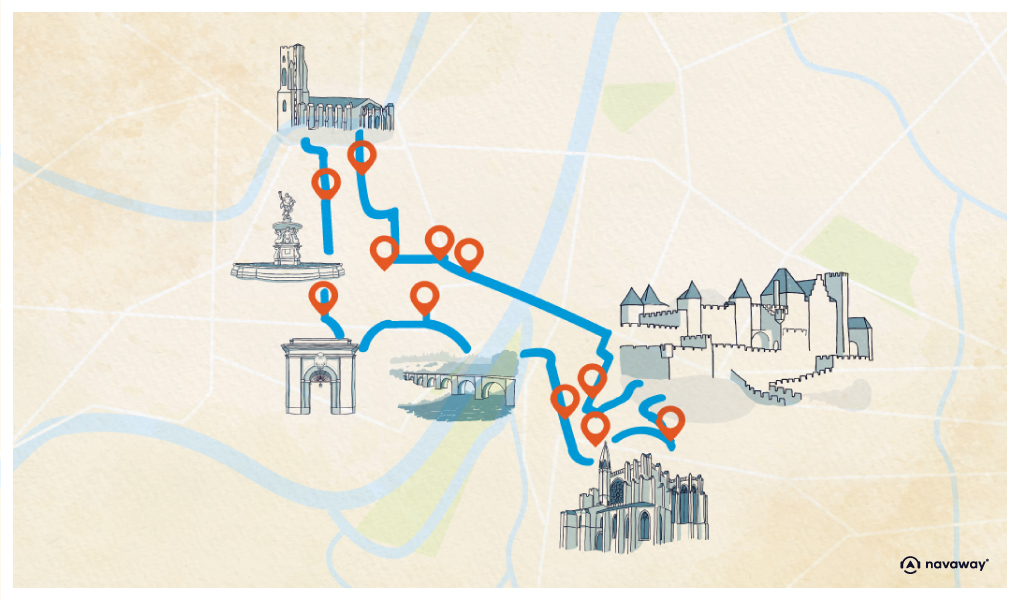
Canal du Midi
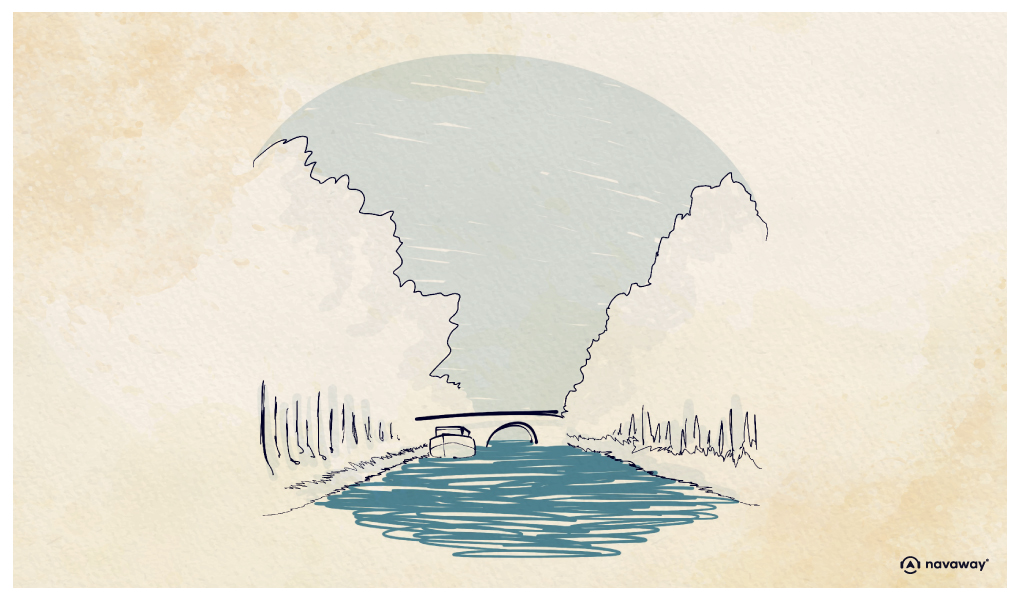
This point of interest is available as audio on the tour: Visit Carcassonne, A Citadel among the Clouds
Welcome to the André Chénier Square, named after the French poet and journalist guillotined in Paris in 1794, during the French Revolution. One of France’s best-known waterways is stretching out before you: introducing the Canal du Midi. Do you know the history behind it? Back in the 17th century, architect Pierre-Paul Riquet envisioned a waterway connecting the Atlantic ocean to the Mediterranean Sea. King Louis XIV gave the green light, and after 14 years of sweat and toil, the Canal was completed and inaugurated in 1681. Many monarchs and emperors before him had dreamed of such a construction, considering the political and economic stakes involved. Yet no one had ever managed to come up with feasible plans before Riquet. And even then, the latter had to fight tooth and nail and bend the rules to see his vision through to completion. He even offered his workers a pretty radical benefit for the time: monthly pay rather than daily, even if they were sick and couldn’t come to work. Just think, this was the very first step towards Social Security! In any case, these actions helped him recruit a massive crew of over 12,000 men to build the canal in record time. Back then, it actually linked the Garonne, the river that flows through Bordeaux, to the Mediterranean Sea. It thus provided an alternative route for the transport of goods and people, bypassing the Strait of Gibraltar, which was under Spanish control. The French king’s prayers answered! But at the time, the canal didn’t yet run through Carcassonne, or Narbonne for that matter. Indeed, it was quite difficult to get it to cross the city center, due to the configuration of the terrain around Carcassonne. Making this a reality would come at a very high cost. The consuls weren’t keen on paying for the detour, and so the canal missed the city by some 2 kilometers. But of course, this was no good for the city’s businesses, nor for those of Narbonne, which suffered the same fate. So eventually the consuls changed their minds, and in 1810, the Canal du Midi was rerouted to pass right by the Bastide. Narbonne secured its connection a bit earlier, with the construction of the Canal de Jonction in 1780. Finally, in 1857, the Canal Latéral à la Garonne was built, offering a safer route bypassing the rougher parts of the Garonne River. This is how the emblematic Canal du Midi came to be! Today, it stretches over 240 kilometers, dotted with 63 locks, bridges, aqueducts and banks, each more beautiful than the last. By 1980, the canal was no longer a major trade route, but rather a tourist and recreational attraction. In 1996, it was listed as a UNESCO World Heritage Site, considered a true 17th-century engineering marvel of great historical significance. It is also one of the oldest functioning canals in all of Europe! Ready to explore it? You can walk, bike, or even take a river cruise from Carcassonne, and journey along this stunning waterway that has enchanted many throughout its history. The surrounding landscapes are breathtaking, with lush greenery and charming villages lining the banks. An experience not to be missed!


Discover Carcassonne with app
An interactive guide through the most beautiful streets, squares, and districts
27 fun audioguides full of historical facts, anecdotes, and legends
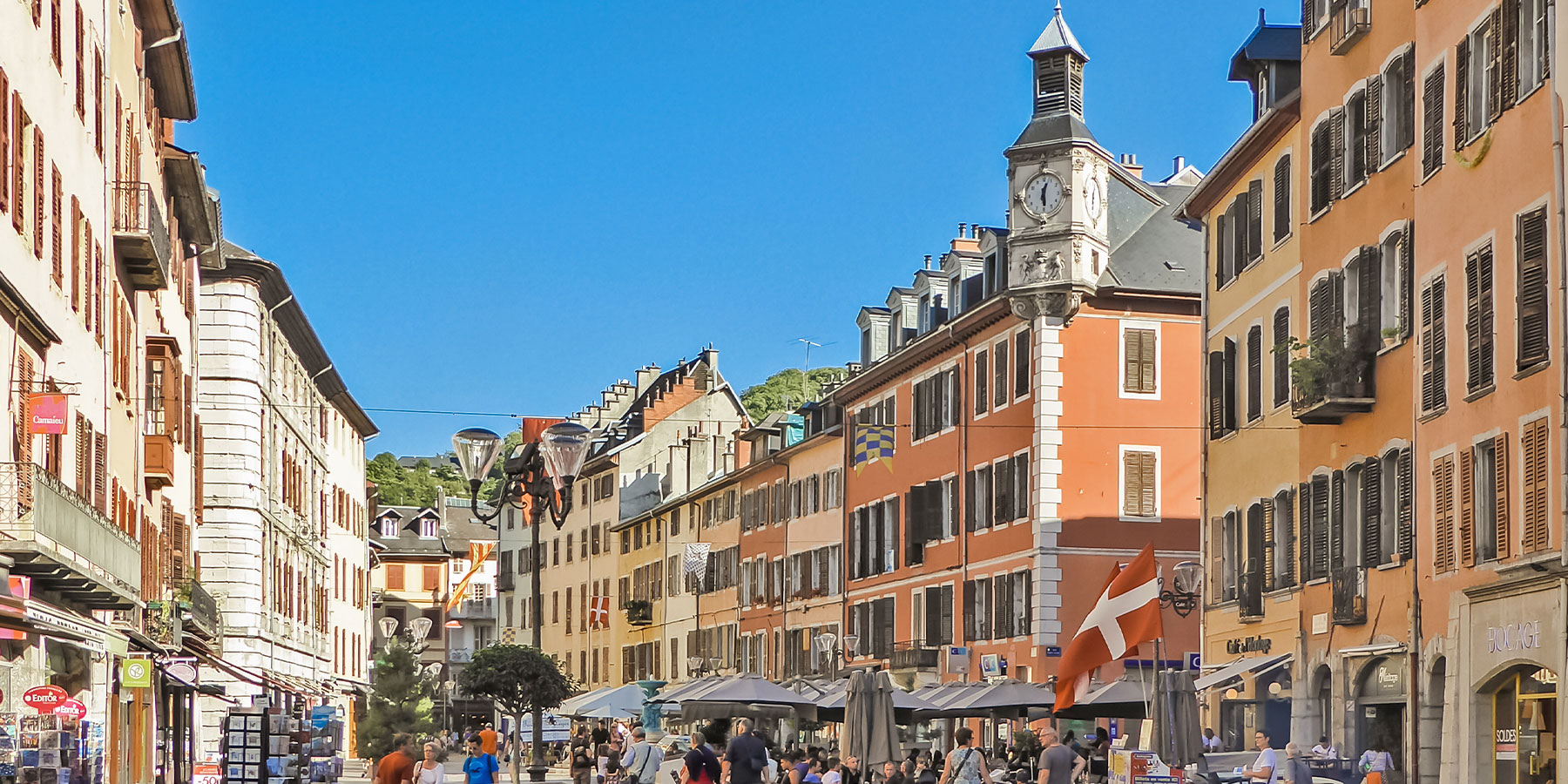
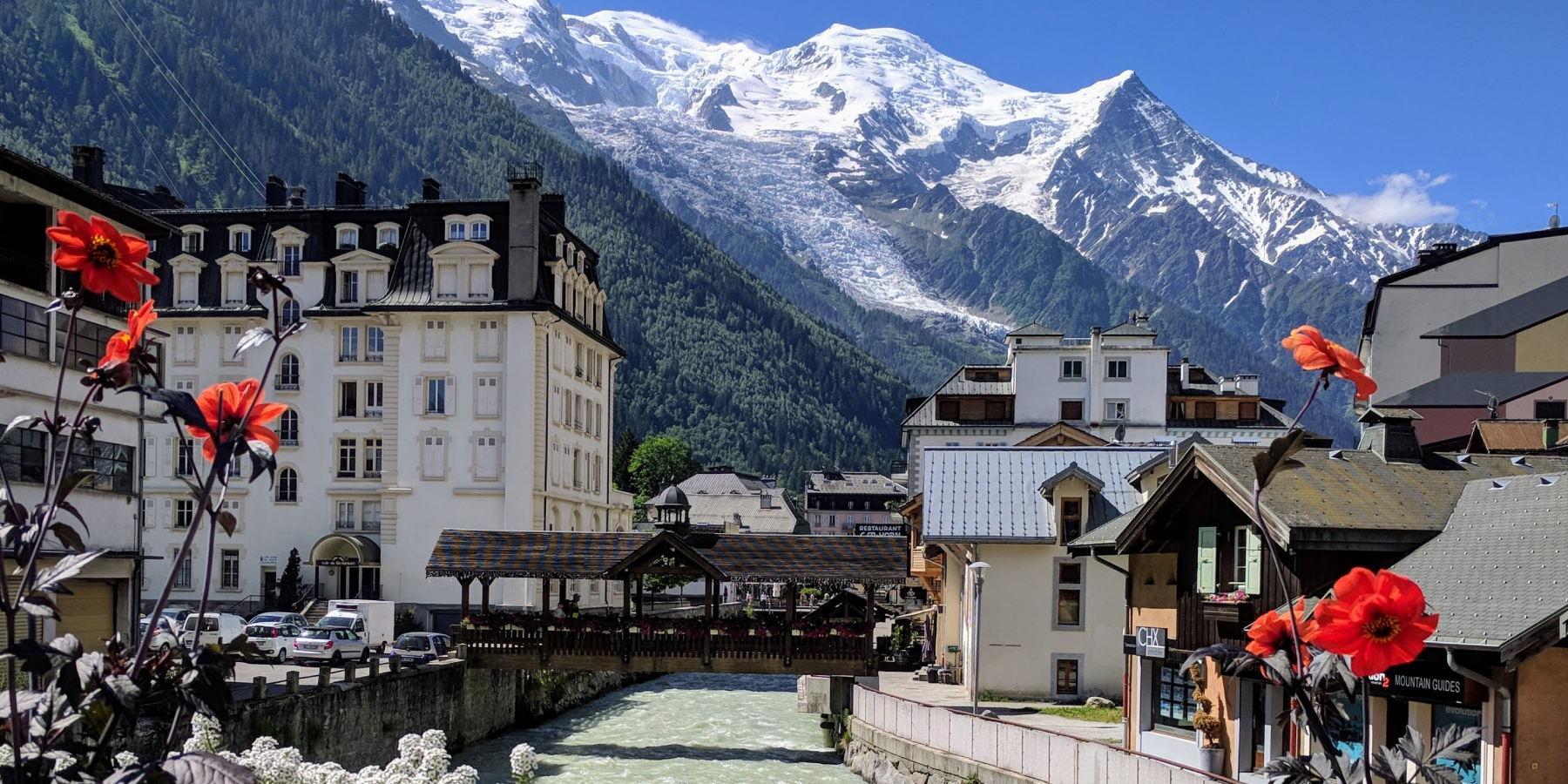
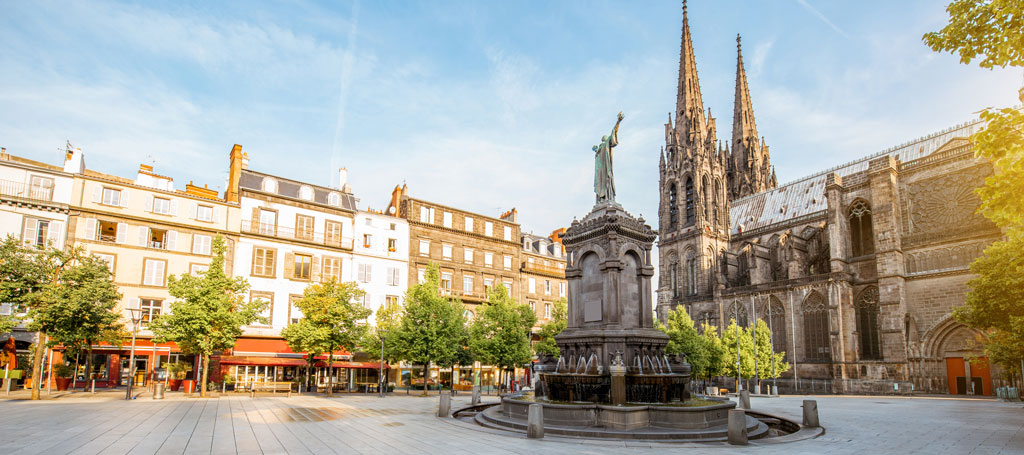


Comments